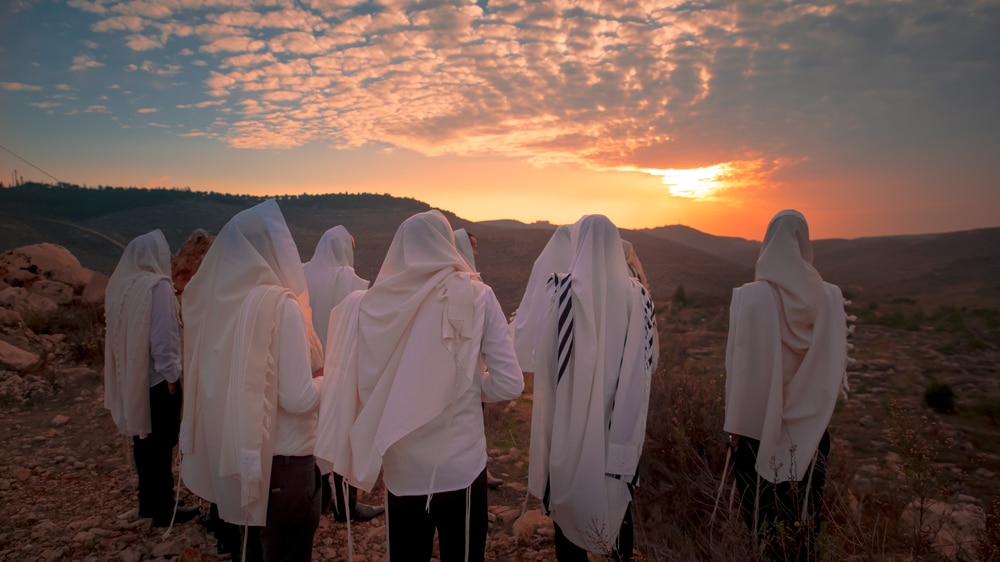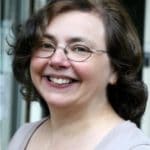Biblical sources may not define the role of women in public prayers as we are used to think.
In Babylonian Talmud, (Meg 4:3) we find the earliest concept of a quorum for public prayers, a list of prayers that may not be said without the presence of ten. It does not say ten men. Indeed, the addition of that word “men” first appears in the Shulchan Aruch of Joseph Caro (1565) though interestingly not in his earlier and more detailed Beit Yosef.
It is clear that public prayer is deeply important in Jewish worship, and there are a variety of texts which work hard to link the notion of public prayer (and later minyan) to biblical sources – for example Psalm 83 talks about the “Adat El”, the community of God, and from this comes the search for a suitable definition of an “Adat”, a witnessing community. The ten spies whose report frightens the people so much are called this (Num 14:7), though other commentators find other models – the ten righteous in Sdom, the ten brothers of Joseph etc. None are exactly prepossessing and it seems more like a search to accommodate an existing custom.
All of which goes to say that the notion of a minyan for prayer is both profoundly important, and a rabbinic construction, whose number and make-up varies in different sources. In different times and places it has been 6, or 7, or 10, and until so codified by Caro there was no explicit exclusion of women from minyan.
Should we go back to that page in Megillah, we read that all can be counted in the minyan of 7 (who read torah) even a minor or a woman – but “the sages” say that a woman should not read from the torah because of the “honour of the community”.
Now this is a much debated phrase. What is the dishonour to a community if a woman read Torah or, by extension, was counted into the minyan? We are not told. It is left vague. Might it be that if women could make up the minyan the men would not bother to come?
Essentially the consensus is that to be included into the minyan for public worship, one had to be adult and one had to be legally a free person. There is no other qualification in early texts. And yet, as with many erasures of women’s role in public space, somehow the narrative has been “women don’t do it” leading to “women can’t do it”.
If very many reasons are brought to support an argument,
it shows only its weakness
The arguments to exclude women from minyan are many; they include the honour of the men, the honour of God, the modesty of women, the equality of obligation to mitzvot, the unquestionable statements and “internal logic” of the achronim. There is a rule of thumb that says “if very many reasons are brought to support an argument, it shows only its weakness”.
Why are women not counted in minyan? This is surely a decision rooted in sociology and historical context and has little to do with the honour of God. Indeed in modern times it may be seen as dishonouring of God’s creation as we live in a world of equality in the professions yet deny women a role in the community.
The Reform and Conservative movements have long counted women into the minyan, either on egalitarian principles or on the expectation that women take upon themselves the same religious obligations as men. As Blu Greenberg famously said “where there is a rabbinic will, there is an halachic way”.
As some parts of the orthodox world are now offering semicha to women, I am hopeful that the “Adat El” of the Psalm will one day ordinarily include all adult Jews.

